Molecular insights into the promiscuity of serine hydrolases. Towards a computationally guided protocol for the redesign of enzymes
llistat de metadades
Autor/a
Director/a
Moliner Ibáñez, Vicente
Swiderek, Katarzyna Patrycja
Tutor/a
Martí Forés, Sergio
Data de defensa
2022-01-20
Pàgines
348 p.
Departament/Institut
Universitat Jaume I. Escola de Doctorat
Programa de doctorat
Programa de Doctorat en Química Teòrica i Modelització Computacional
Resum
Two serine hydrolases, Candida antarctica Lipase B (CALB) and para-nitrobenzyl (Bs2) esterase from Bacillus subtilis, were used as a model to study enzyme promiscuity through QM/MM methods and experimental enzymes kinetics. Both, the catalytic and the substrate promiscuity were studied. The hydrolysis of amides and the epoxidation of alkenes catalyzed by CALB were explored. Moreover, a computational scheme for the redesign of the Bs2 was also proposed. The electrostatic environment around the active site was analyzed and a map of structural determinants in the vicinity of the active site pocket was done using 3D Convolutional Neural Networks. The proposed computationally guided protocol for the mutagenesis of enzymes based on the detailed analysis of the electrostatic environment of two structurally aligned trajectories using rotation quaternions was applied. A new mutant variant of the Bs2 was suggested as an improved catalytic variant by combining the best electrostatic features of both enzymes.
Paraules clau
Enzyme catalysis; QM/MM; Enzyme promiscuity; Rational design
Matèries
544 - Química física; 577 - Bioquímica. Biologia molecular. Biofísica
Àrea de coneixement
Nota
Compendi d'articles, Doctorat internacional



